Nara’s Yagyu Kaido: Historical Path of the Swordmasters
2022/07/12
Located above the Ancient Capital of Nara. The Yagyu Kaido refers to a system of old roads that connect Nara City and the countryside Town of Yagyu, where a clan specializing in swordsmanship was based during Japan’s Sengoku and Edo periods. The route is typically split into 3 parts: The Takisaka-no-michi Path (Nara to Enjo-ji Temple), the Kengo-no-michi Path (Enjo-ji Temple to Yagyu Town), and the Kasagi-no-michi Path (Yagyu Town to Kasagi Town & JR Kasagi Station). Most of Yagyu Kaido crosses through pleasant countryside made up of a mix of beautiful forest and small town scenery and takes about 5 hours to complete (around 22km), depending on your pace.
The amount of fascinating history packed into this area, combined with scenically beautiful hiking, makes it a fun place to visit for folks with a variety of different interests. In fact, the biggest obstacle to enjoying the Yagyu Kaido is access and wayfinding, which we can take care of for you with our Yagyu Kaido Tour, which also features an unforgettable lesson in Yagyu Shinkage-ryu sword combat techniques in the town of Yagyu! If you are interested, please feel free to shoot us a message.
For more information on what you can see along Yagyu Kaido, please read on below:
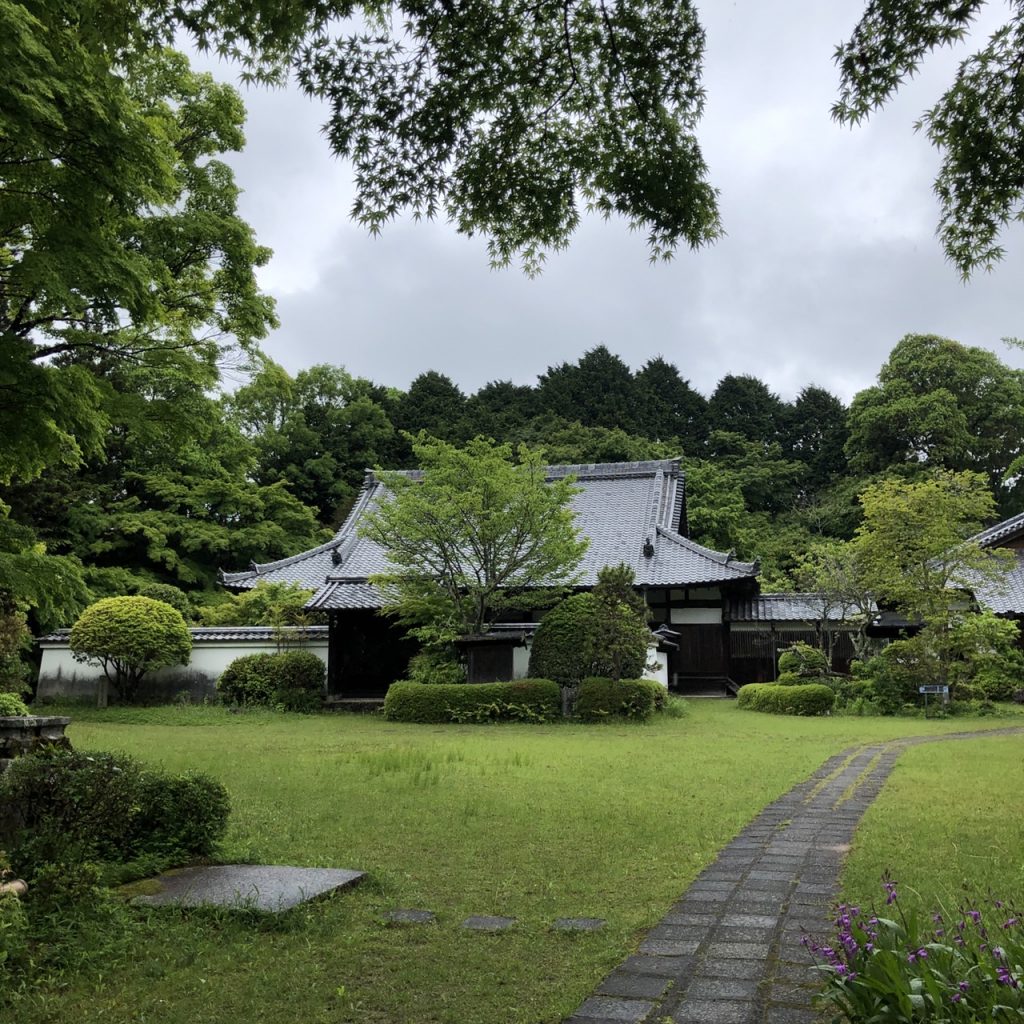
Traditional residence In Yagyu Town.
Around 1400 years ago, when Buddhism was first introduced and accepted into Japanese society, the area of what is now Nara was the base for its initial expansion. Ancient Buddhist stone carvings can be found above Nara City along what is known as the Takisaka-no-michi Path section of the Yagyu Kaido. The carvings are believed to be remnants of Buddhist practices in the mountains here.
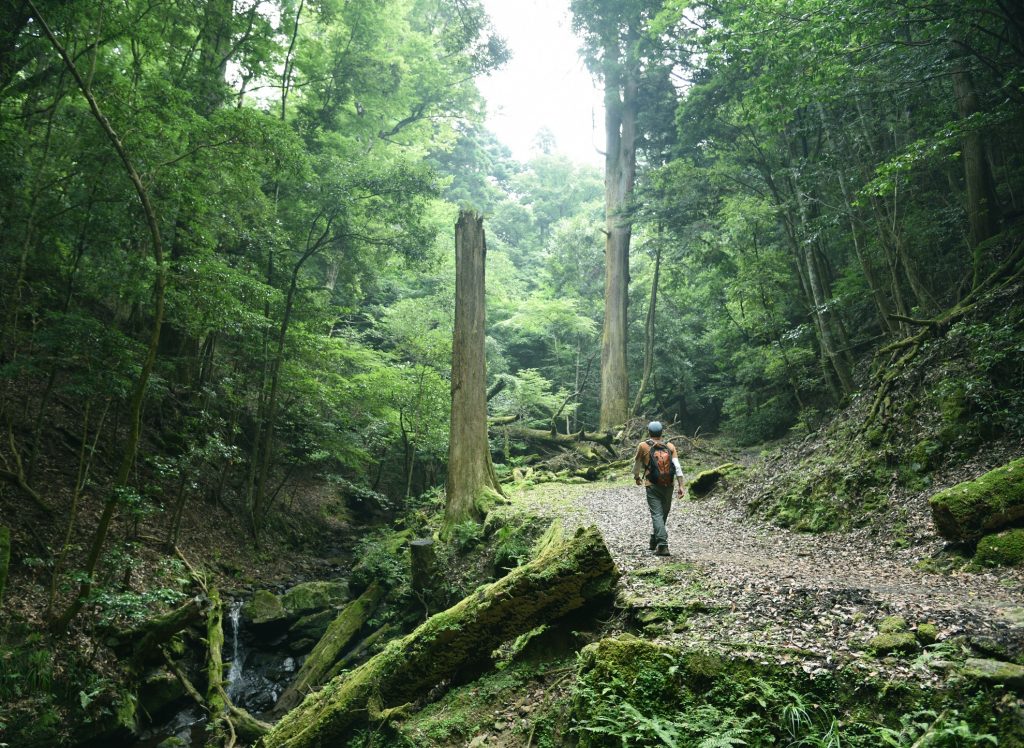
Kasugayama Primeval Forest
As if ancient Buddhist statues were not motivation enough to walk this course, the area is also a nature reserve of primeval forest made up of giant old cedar trees that has been around since time immemorial in connection with the nearby Kasuga Shrine. The route through this area follows sections of old, cobblestone pathway that, combined with the surrounding ancient forest, really makes one feel as though they are walking through an old Edo period landscape.
After the Kasugayama Primeval Forest, the path continues onward through rural countryside for awhile before finally reaching the town of Yagyu.

Jizo statue with a cut through its neck. It is said that this cut was made by a Yagyu swordsman who used the statue for practice.
The Town of Yagyu
The Village of Yagyu is where, the Yagyu Clan originated and established its famed school of swordsmanship. This countryside town has some great examples of classic Japanese architecture, including the Former Residence for the Minister of Yagyu, Houtoku-ji Temple, and the Yagyu Masakizaka Fencing Hall. Various historical locations leftover from the time when the Yagyu Clan controlled this area are also preserved for visitors to check out, contributing to the traditional atmosphere of this somewhat hidden countryside village.
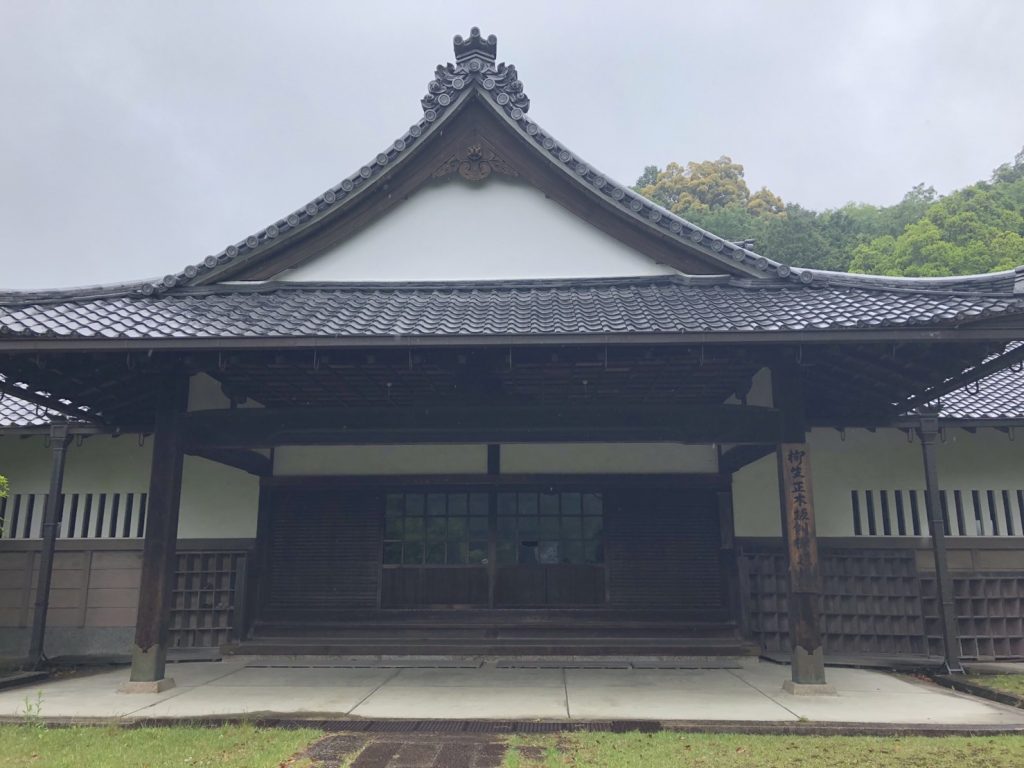
Fencing Hall in Yagyu Village
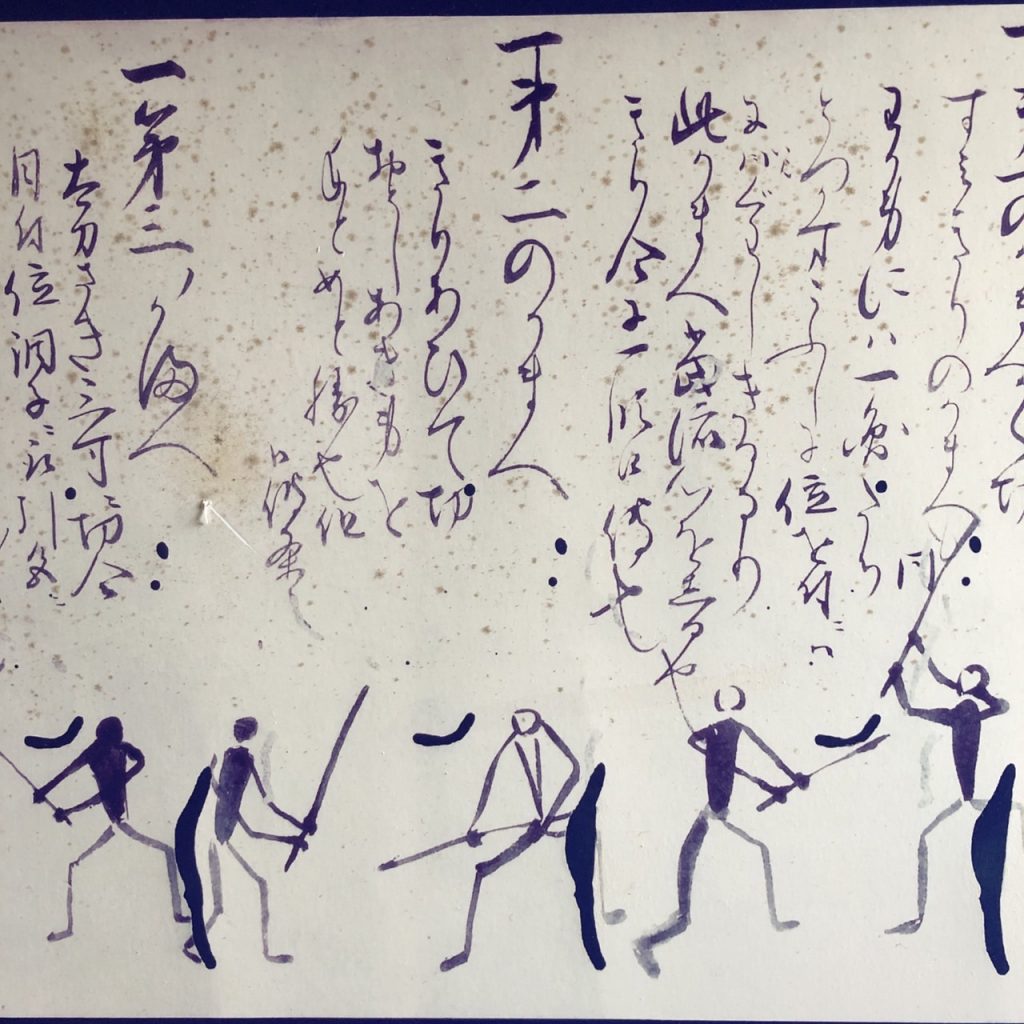
Yagyu Shinkage-ryu sword technique explanation.
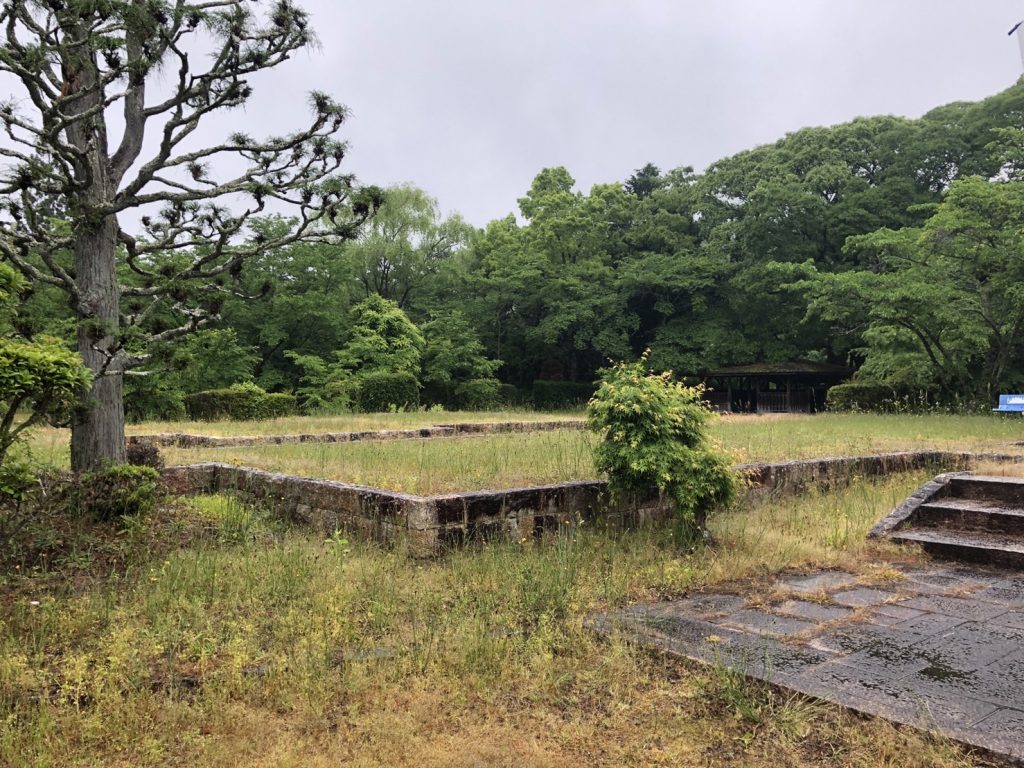
Remains of Yagyu Encampment for Yagyu feudal lord.
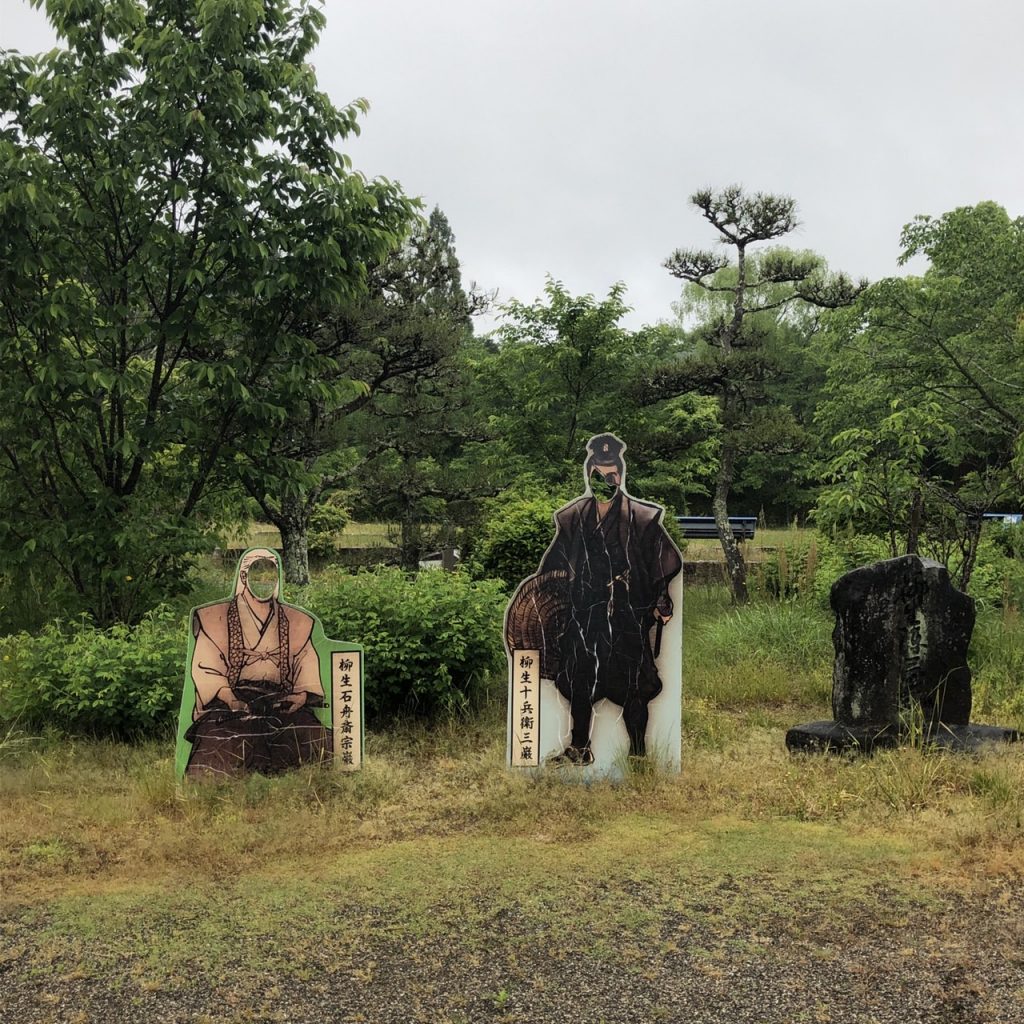
Yagyu Muneyoshi (left) and Yagyu Jubei (right).
Also found within this area is the Amano-iwadate Shrine which has no central shrine building for housing the kami, but instead is based around nature worship. On its grounds you can find a large stone that has been split nearly half by the name of “Itto-seki.” It is said that the legendary Yagyu Muneyoshi (1529 – 1606 CE), founder of the Yagyu Shinkage-ryu School, split Itto-seki in half with a single stroke while engaged in battle with a tengu (a legendary creature of Japanese folklore). There are also numerous other interesting stone outcroppings in the area, giving this spot an especially unique feel.
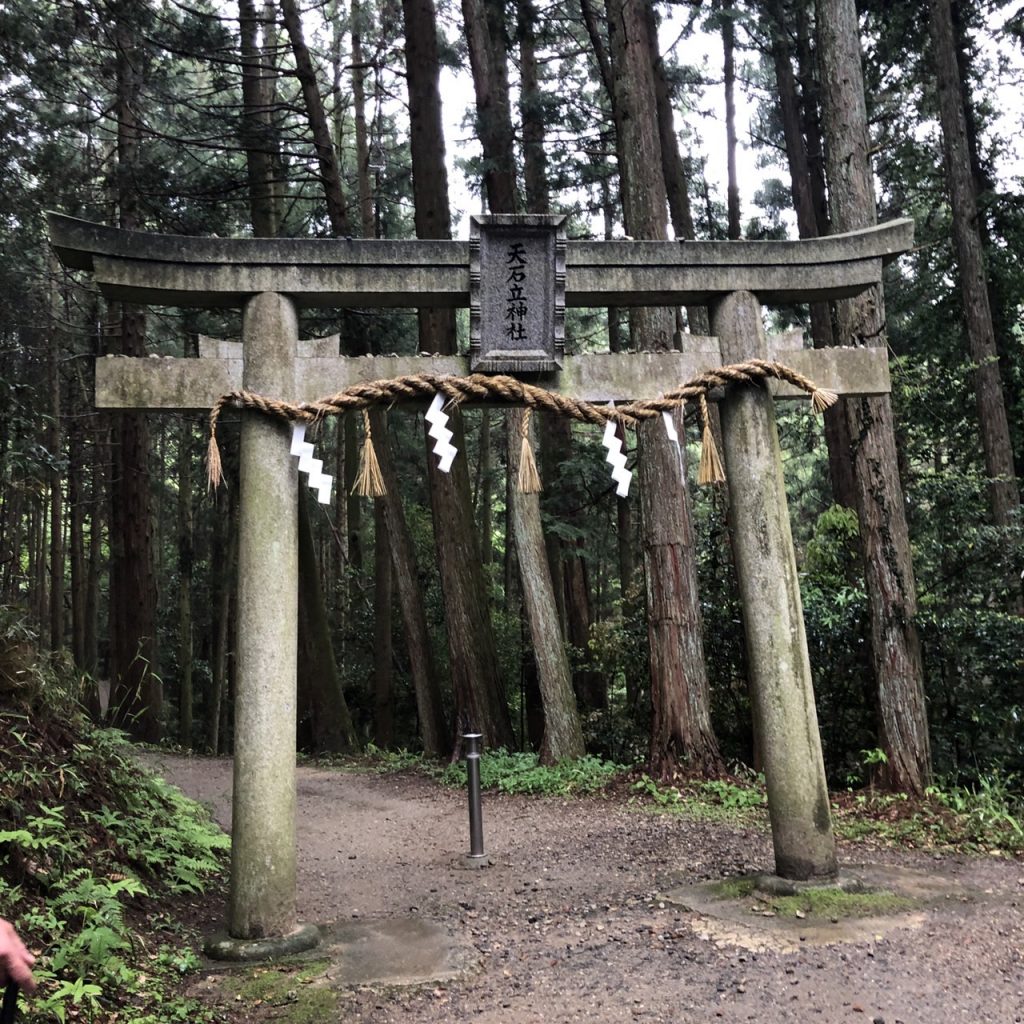
Shinto torii gate at the Amano-iwadate Shrine.
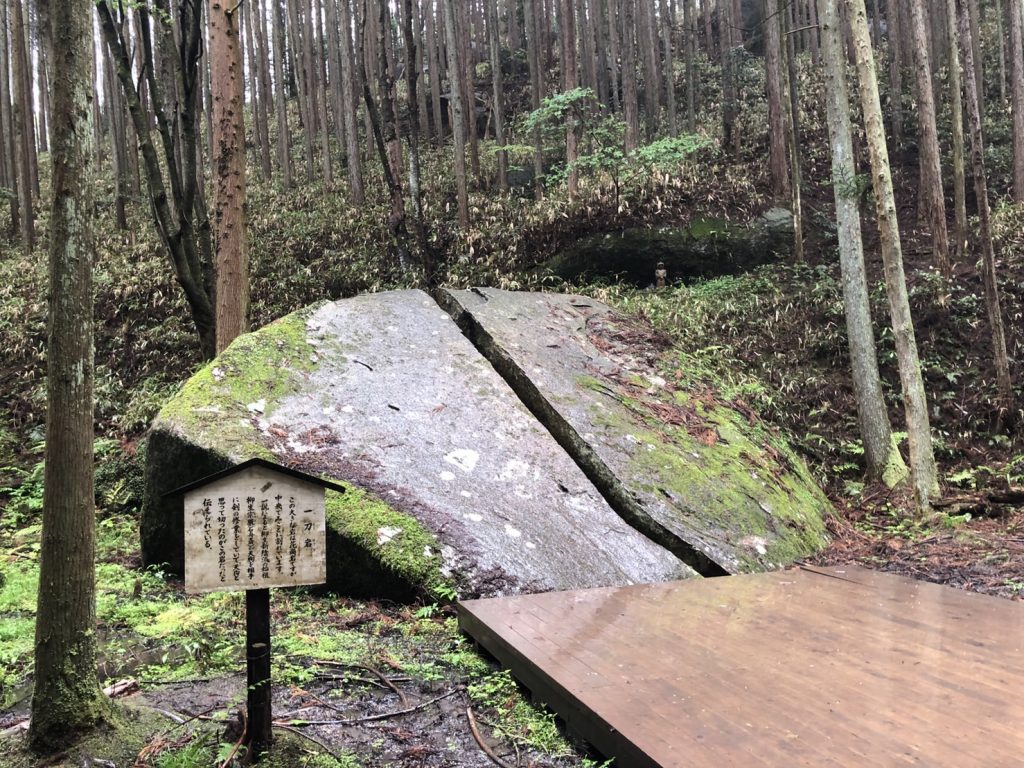
The Itto-seki Stone. According to legend, this is the rock cut in half by Yagyu Muneyoshi (1529 – 1606 CE), the founder of the Yagyu Shinkage-ryu school of combat.
It is possible to catch a bus from Yagyu Village to get back to Nara, but for those who wish to walk a bit further, the Kasagi-no-michi Path to JR Kasagi Station, is also quite a nice hike. Along this route, not far from the center of Yagyu Town, you will run into the Ataya no Sekibutsu, which are stone carvings dating back to the Murmomachi Period (1336 to 1573 CE) of the Buddhist deity Amida Nyorai and the deity Jizo Bosatsu. The Jizo carving here is believed to have the power to assist with childbirth. It is said that if you wish for kids, you should leave the Jizo an offering of tofu.
At one point, there was also a Buddhist temple located here by the name of Ataya-dera , but it is long gone now.
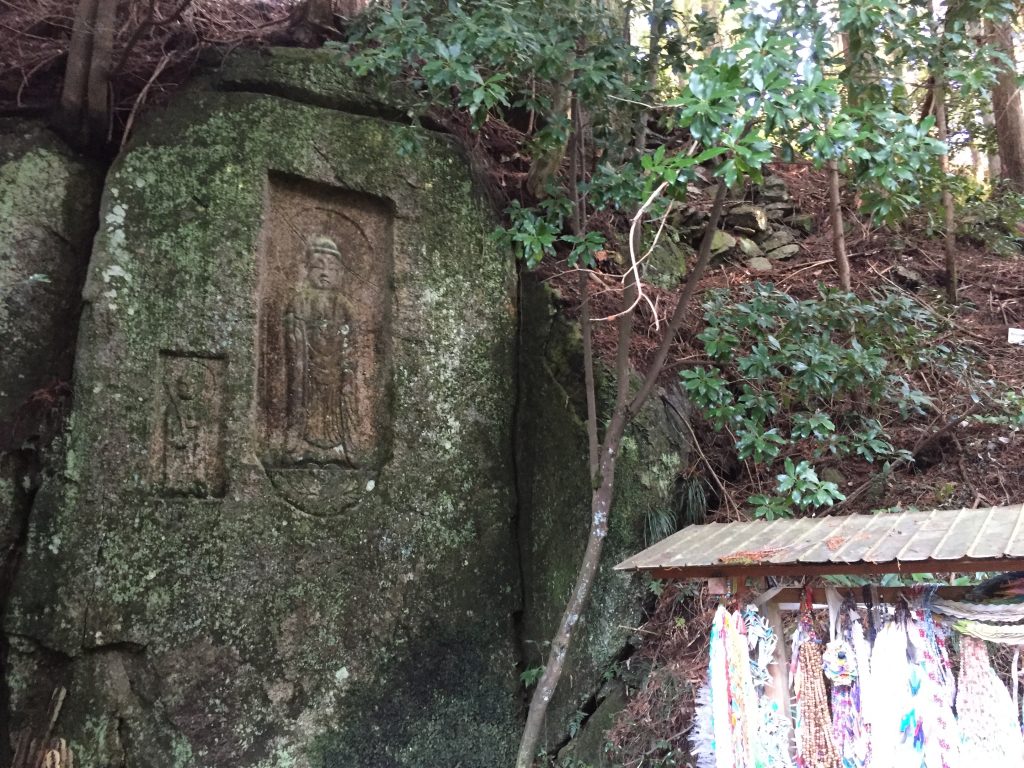
Ataya no Sekibutsu carvings. Amida Nyorai is the large figure in the center and Jizo Bosatsu is the smaller figure on the left.
A nice side trip from this route is the hike up to Kasagi-dera, a historic temple associated with Shugendo mountain asceticism where you will find beautiful Buddhist artwork and some nice views of the surrounding landscape.
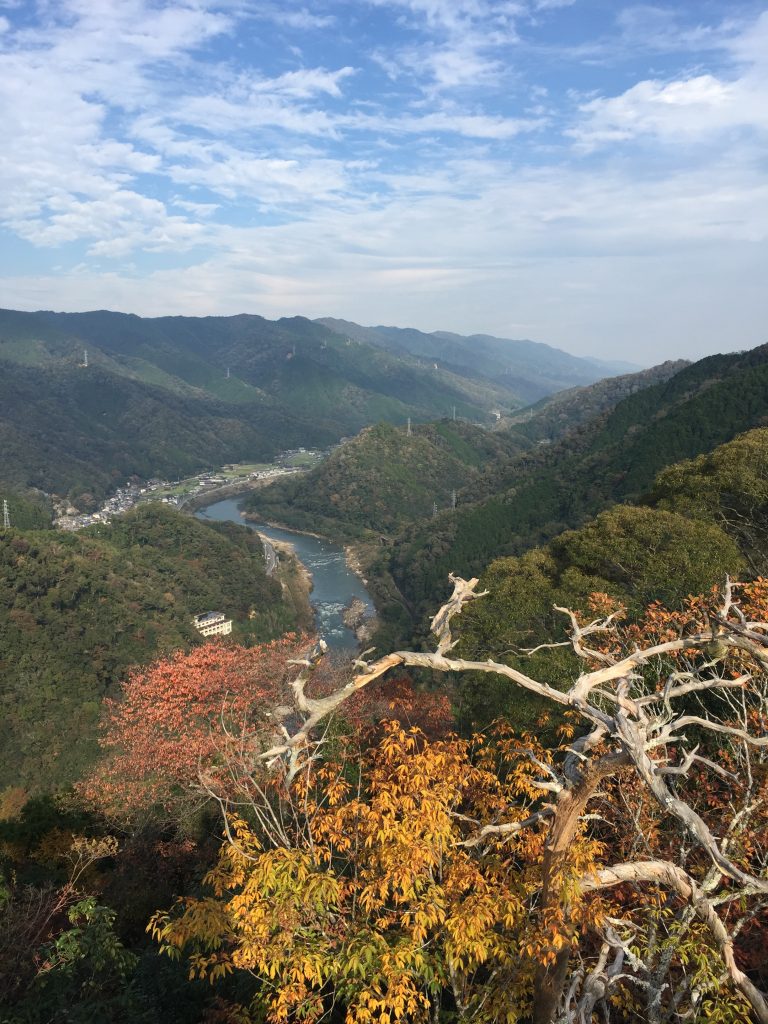
View from Kasagi-dera Temple
Eventually, you can make your way down into the town of Kasagi and finish at JR Kasagi Station where you can board a train to move on to your next journey.
Though a 5 hour journey that has a fair amount of elevation gain and loss involved, walking the Yagyu Kaido is a very unique experience that is highly recommended for those who are interested in Japanese history and want to truly experience a feeling of exploring the Japanese countryside. Just in case, a smartphone with GPS is also highly recommended.

01
FIND YOUR FAVORITE
TRIP ON OUR WEBSITE.
SEND US AN INQUIRY.

02
PERSONALIZE THE TRIP
TO YOUR INTERESTS
WITH OUR CONSULTANT.

03
20% DEPOSIT TO CONFIRM.
BALANCE PRIOR TO ARRIVAL.
PAYMENT BY CC OR TT.

04
WE WILL
MEET YOU
AT THE AIRPORT.

05
DISCOVER THE
TREASURES!